Interactive floorplan: The Wilderness, UK
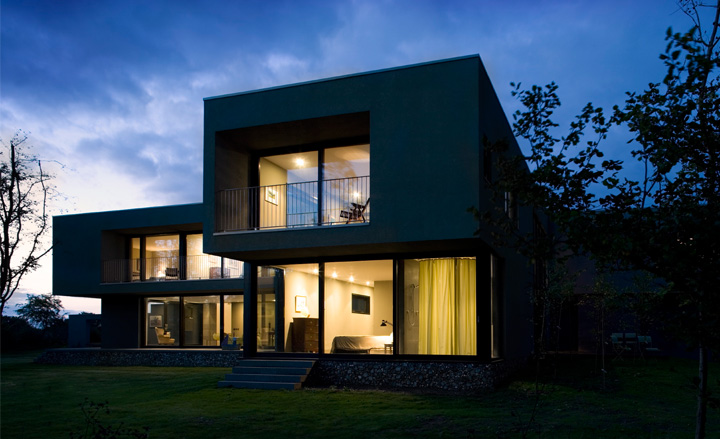
While the country house typology has been a significant part of the British architecture heritage and tradition for centuries, few examples of such houses have been built after the Second World War. Guidelines and policies regarding building in the countryside may be strict, but this did not stop London-based architects Paul + O seeking planning permission for a new house in Suffolk a few years ago. Their design was granted permission in 2003 and the architects, Paulo Marto and Paul Acland, set off to create their version of a thoroughly modern British country house.
The house, named The Wilderness, was completed a few months ago and sits discreetly in a Suffolk wood clearing. Its minimal shape creates a pleasant contrast to the softer natural environs, while extra trees and shrubs were planted in the expansive garden in order to make the transition from natural to man-made environment even more seamless. Moving inside the house, large glass openings frame the gorgeous landscape, connecting visually the interior with the exterior in every direction. Meanwhile, vertical vistas inside add to the house's airy feel and flowing interior.
The structure's asymmetrical volumes create an elegant low synthesis, enveloping in a grey-rendered steel structure the cruciform-shaped program layout. The Wilderness spans a vast 750sq m and includes several sitting areas and six bedrooms, as well as an indoor swimming pool and a double-height front hall with staircase and a gallery that create a truly grand entrance.
The structure, respectful both to its natural surroundings and its historical predecessors, combines traditional and modern elements in several different levels. Traditional and local material, such as oak and flint, are used in the interior while the scheme integrates contemporary environmental strategies such as rainwater harvesting, grey-water recycling and solar panels. Additionally, looking at the layout, it is clear that the architects drew inspiration from the traditional country house typology; the first-floor overhang is a contemporary interpretation of the traditional Suffolk medieval timber-framed house, while the interior spatial arrangement follows the tradition of the later 19th Century revivalist country houses.
Mixing old and new techniques of design and construction and respecting the sensitive natural site, Paul + O have created a house that works with its geographical and historical context while at the same time expresses its own time.

The house, named The Wilderness sits discreetly in a Suffolk wood clearing
Photography by Fernando Guerra

Its minimal shape creates a pleasant contrast to the softer natural environs, while extra trees and shrubs were planted in the expansive garden in order to make the transition from natural to man-made environment even more seamless
Photography by Fernando Guerra
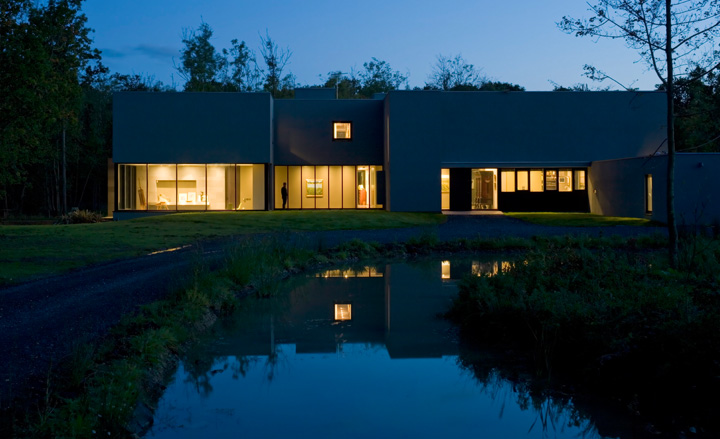
The Wilderness spans 750sq m and includes several sitting areas and six bedrooms, as well as an indoor swimming pool and a double height front hall
Photography by Fernando Guerra
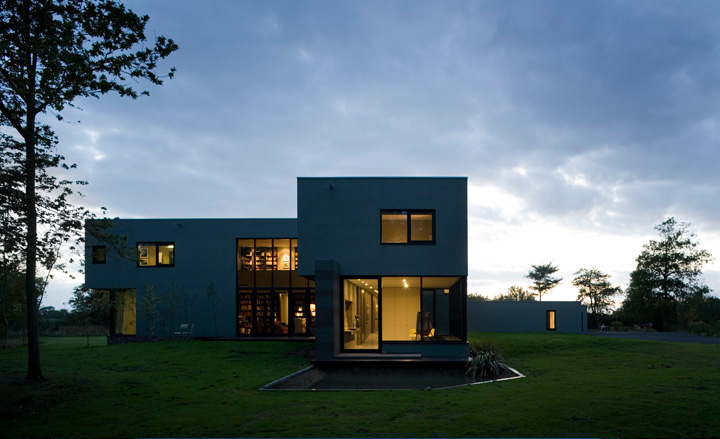
The structure, respectful both to its natural surroundings and its historical predecessors, combines traditional and modern elements in several different levels. Traditional and local material, such as oak and flint, are used in the interior while the scheme integrates contemporary environmental strategies such as rainwater harvesting, grey-water recycling and solar panels
Photography by Fernando Guerra
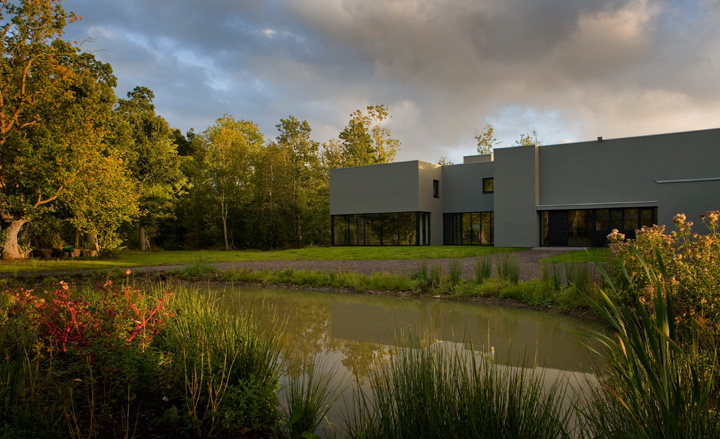
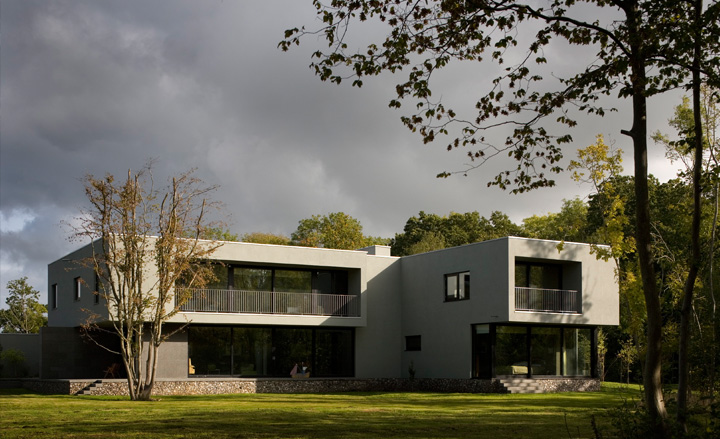

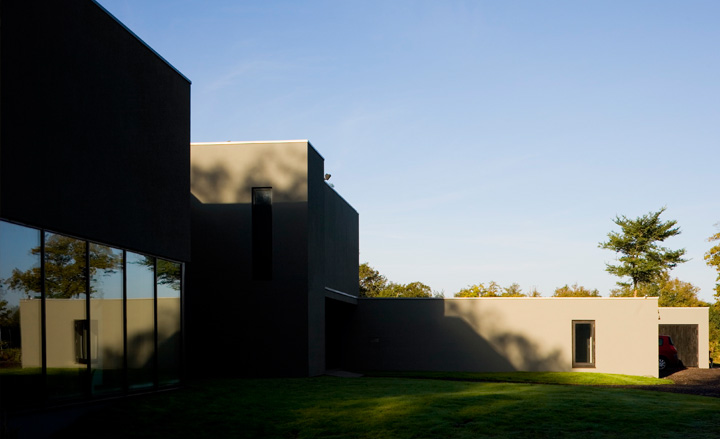
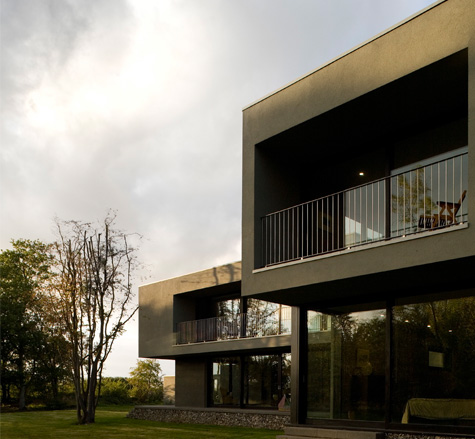

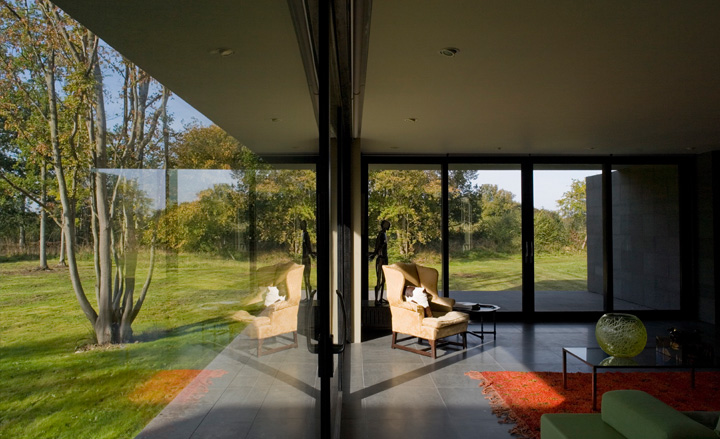
Large glass openings frame the gorgeous landscape, connecting visually the interior with the exterior towards every direction. Meanwhile, vertical vistas inside add to the house’s airy feel and flowing interior.
Photography by Fernando Guerra
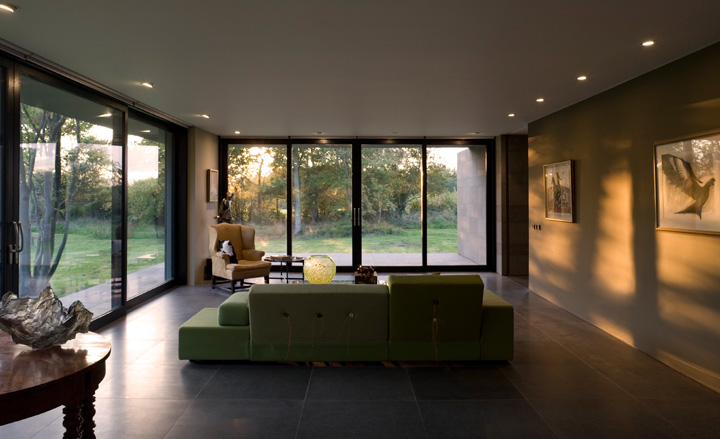
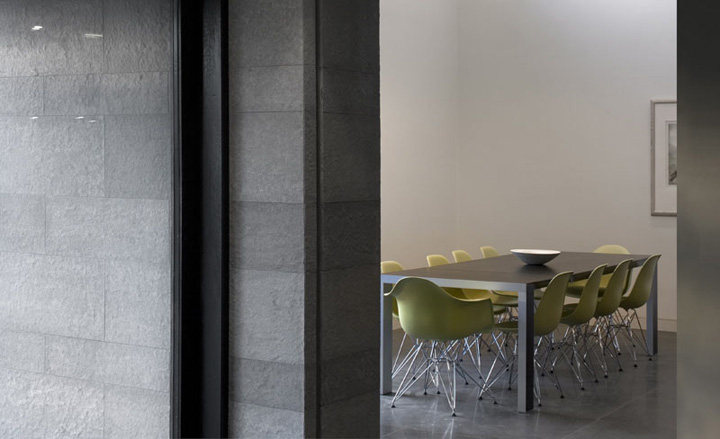
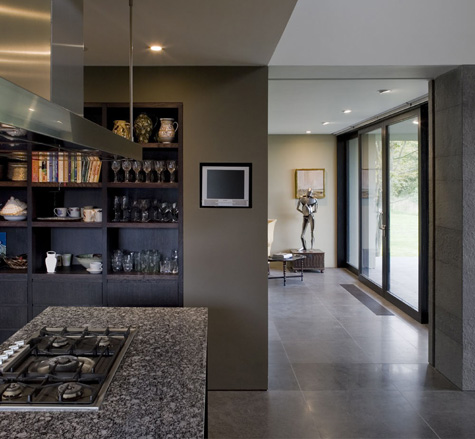
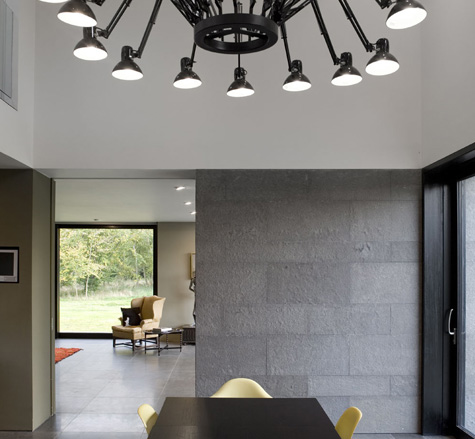
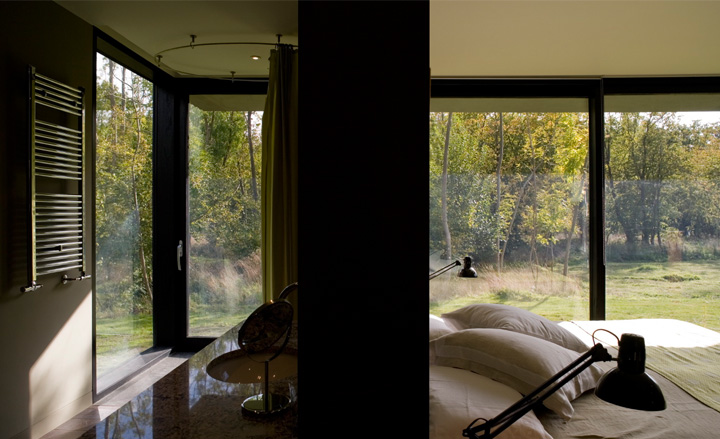
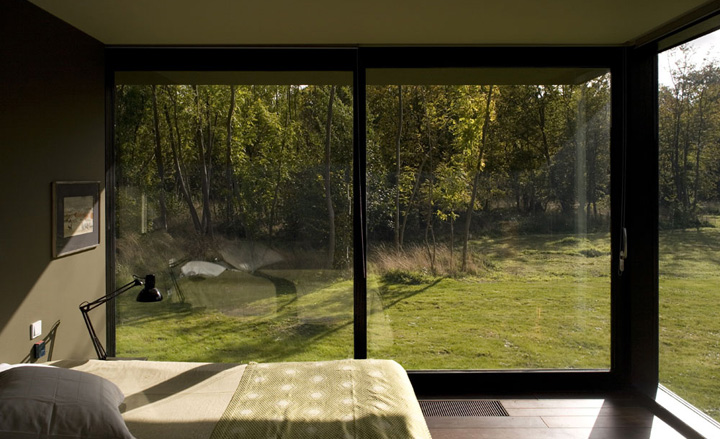



Receive our daily digest of inspiration, escapism and design stories from around the world direct to your inbox.
Ellie Stathaki is the Architecture & Environment Director at Wallpaper*. She trained as an architect at the Aristotle University of Thessaloniki in Greece and studied architectural history at the Bartlett in London. Now an established journalist, she has been a member of the Wallpaper* team since 2006, visiting buildings across the globe and interviewing leading architects such as Tadao Ando and Rem Koolhaas. Ellie has also taken part in judging panels, moderated events, curated shows and contributed in books, such as The Contemporary House (Thames & Hudson, 2018), Glenn Sestig Architecture Diary (2020) and House London (2022).
-
 Does Guillermo Del Toro’s Frankenstein summon the gothic flamboyance of Mary Shelley’s novel?
Does Guillermo Del Toro’s Frankenstein summon the gothic flamboyance of Mary Shelley’s novel?The visionary filmmaker was inspired by the famous 1931 adaptation of the book, but his long-gestating version is closer to its author’s astonishingly vivid tone
-
 Artist Shaqúelle Whyte is a master of storytelling at Pippy Houldsworth Gallery
Artist Shaqúelle Whyte is a master of storytelling at Pippy Houldsworth GalleryIn his London exhibition ‘Winter Remembers April’, rising artist Whyte offers a glimpse into his interior world
-
 Little gift ideas from the Wallpaper* editors
Little gift ideas from the Wallpaper* editorsThese micro icons, from design and beauty pieces to tech and fashion, are ideal for filling stockings this festive season
-
 Meet Forefront, a cultural platform redefining the relationship between art and architecture
Meet Forefront, a cultural platform redefining the relationship between art and architectureForefront co-founder Dicle Guntas, managing director of developer HGG, tells us about the exciting new initiative and its debut exhibition, a show of lumino-kinetic sculptures in London
-
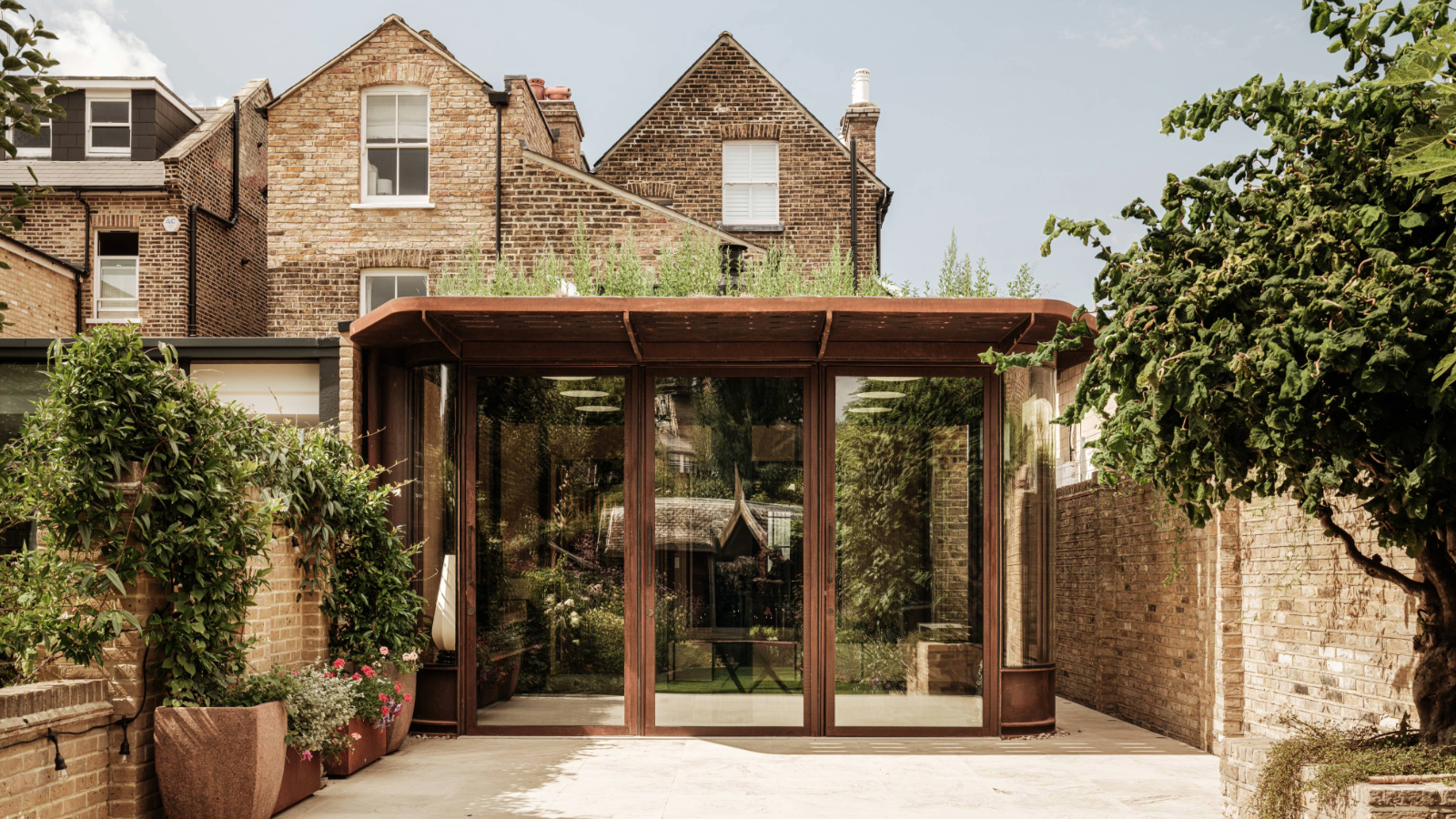 Corten curves and contemporary flair transform this terraced house in London
Corten curves and contemporary flair transform this terraced house in LondonCagni Williams Associates’ sensitive refurbishment of a south London Edwardian house features a striking and sustainable Corten steel extension
-
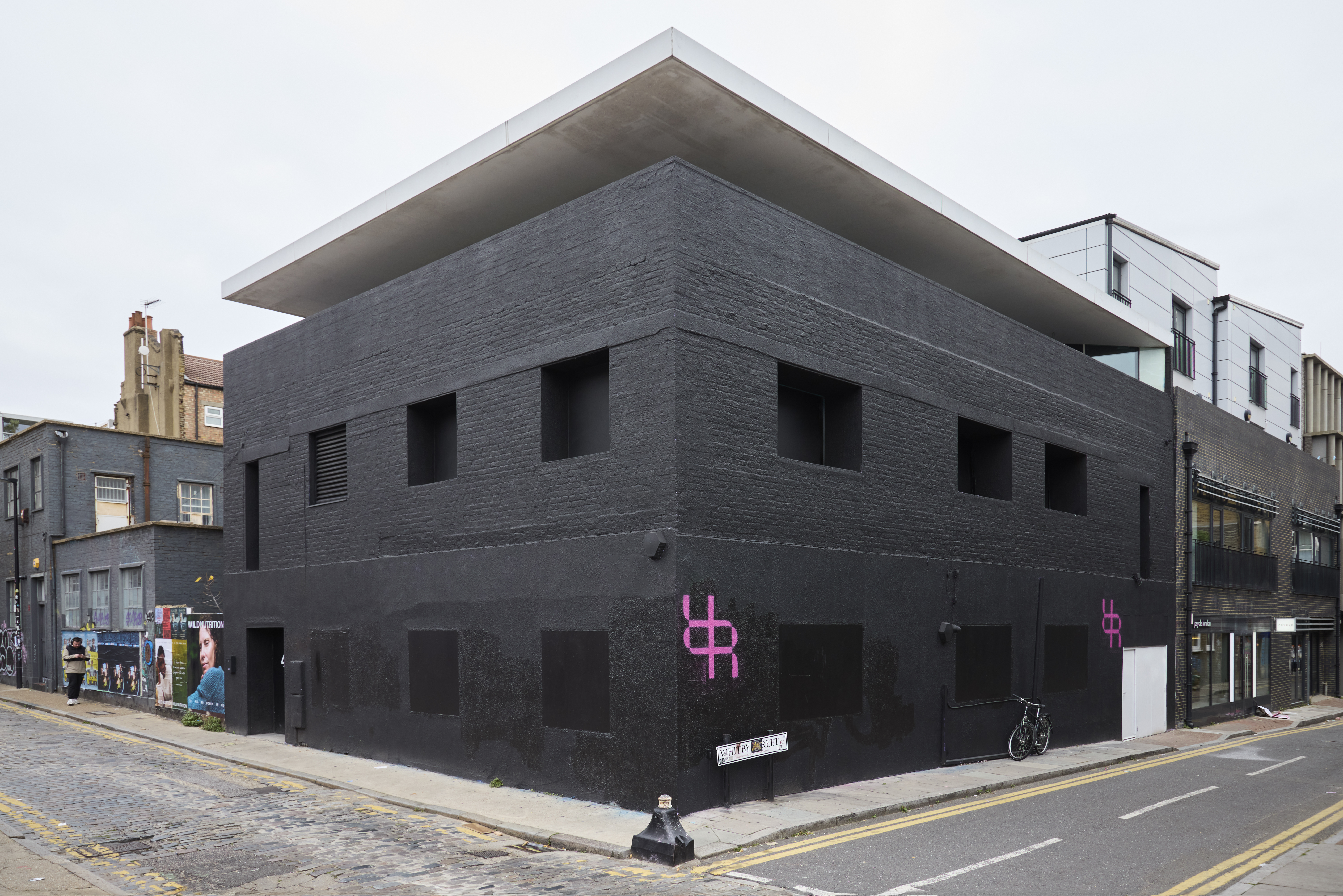 You may know it as ‘Dirty House’ – now, The Rogue Room brings 21st-century wellness to Shoreditch
You may know it as ‘Dirty House’ – now, The Rogue Room brings 21st-century wellness to ShoreditchThe Rogue Room – set in the building formerly known as Dirty House by Sir David Adjaye, now reinvented by Studioshaw – bridges wellness and culture in London's Shoreditch
-
 The architectural innovation hidden in plain sight at Frieze London 2025
The architectural innovation hidden in plain sight at Frieze London 2025The 2025 Frieze entrance pavilions launch this week alongside the art fair, showcasing a brand-new, modular building system set to shake up the architecture of large-scale events
-
 RIBA Stirling Prize 2025 winner is ‘a radical reimagining of later living’
RIBA Stirling Prize 2025 winner is ‘a radical reimagining of later living’Appleby Blue Almshouse wins the RIBA Stirling Prize 2025, crowning the social housing complex for over-65s by Witherford Watson Mann Architects, the best building of the year
-
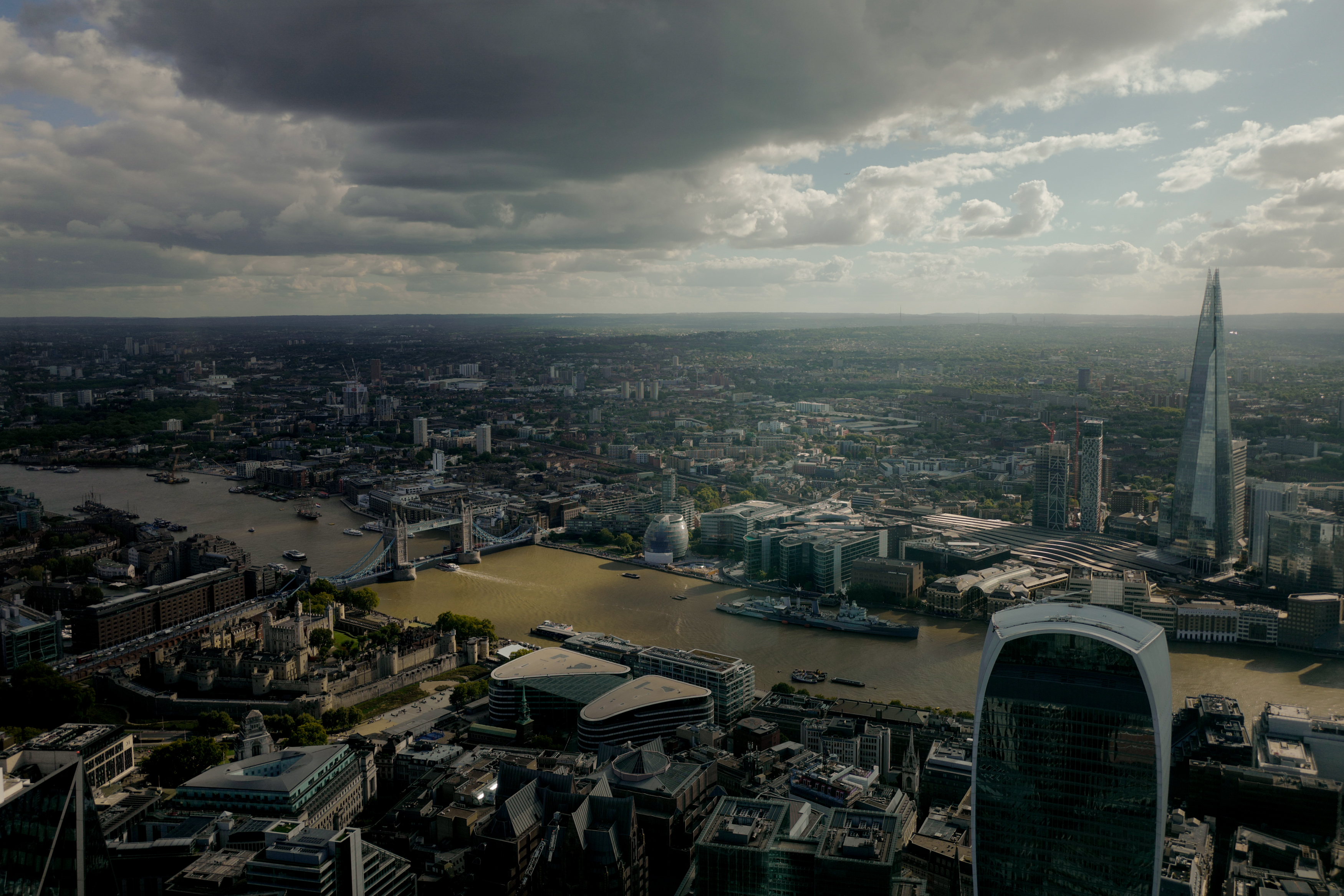 ‘Belonging’ – the LFA 2026 theme is revealed, exploring how places can become personal
‘Belonging’ – the LFA 2026 theme is revealed, exploring how places can become personalThe idea of belonging and what it means in today’s world will be central at the London Festival of Architecture’s explorations, as the event’s 2026 theme has been announced today
-
 Join us on a first look inside Regent’s View, the revamped canalside gasholder project in London
Join us on a first look inside Regent’s View, the revamped canalside gasholder project in LondonRegent's View, the RSHP-designed development for St William, situated on a former gasholder site on a canal in east London, has just completed its first phase
-
 The Royal College of Art has announced plans for renewal of its Kensington campus
The Royal College of Art has announced plans for renewal of its Kensington campusThe Royal College of Art project, led by Witherford Watson Mann Architects, includes the revitalisation of the Darwin Building and more, in the hopes of establishing an open and future-facing place of creativity